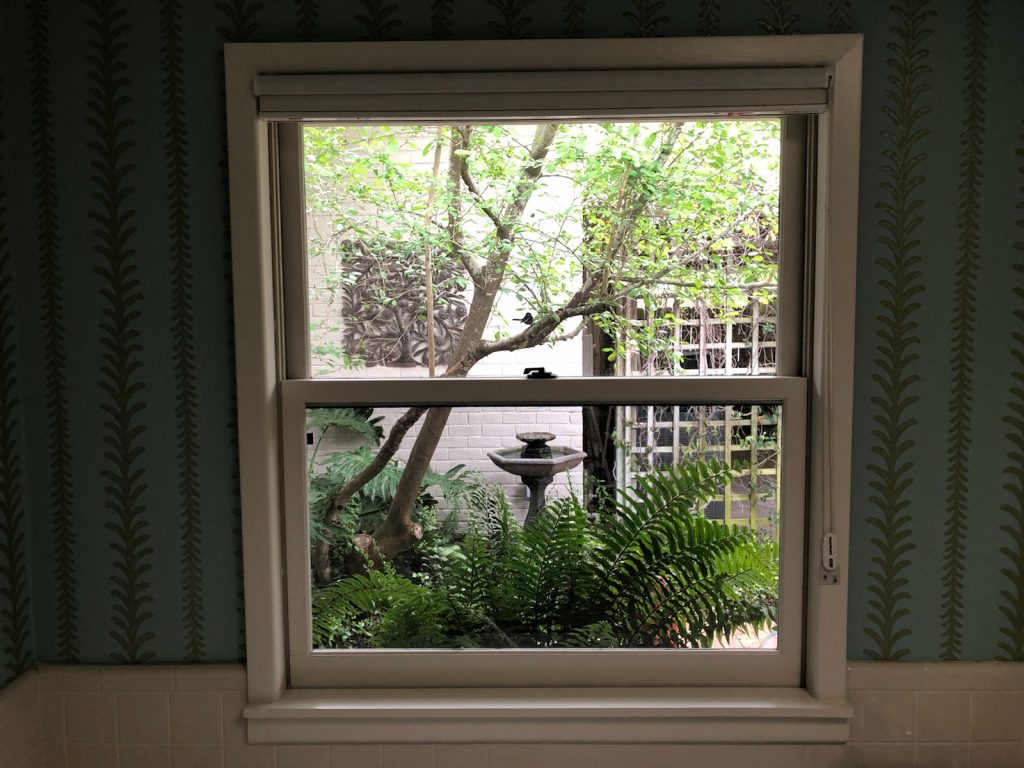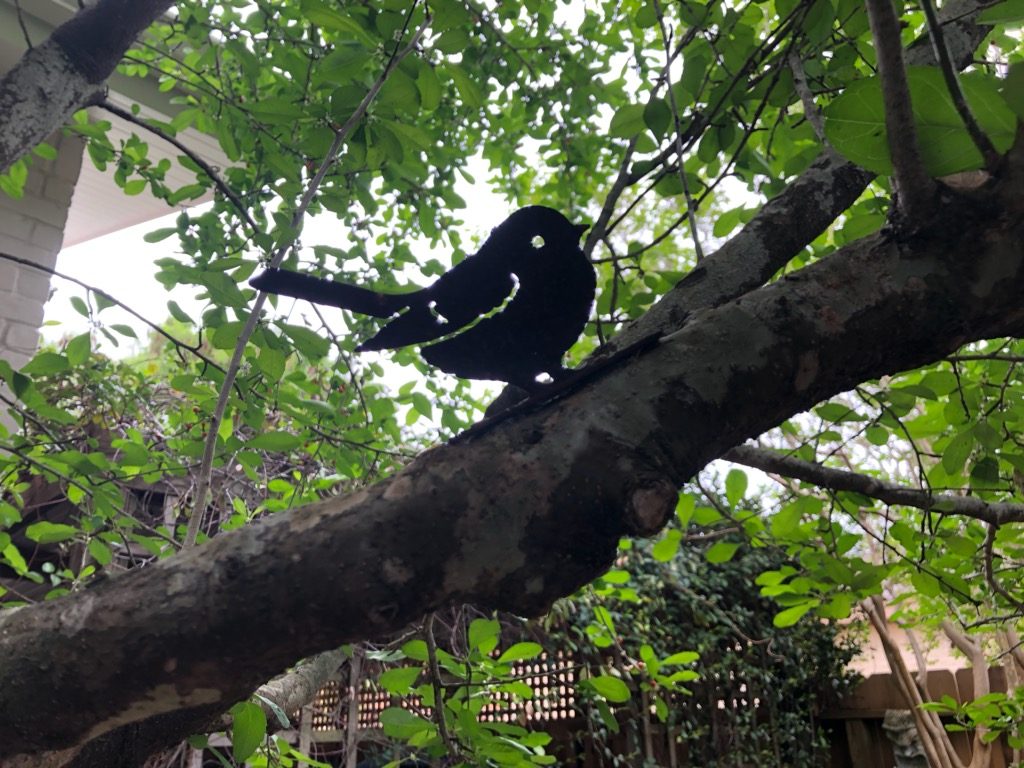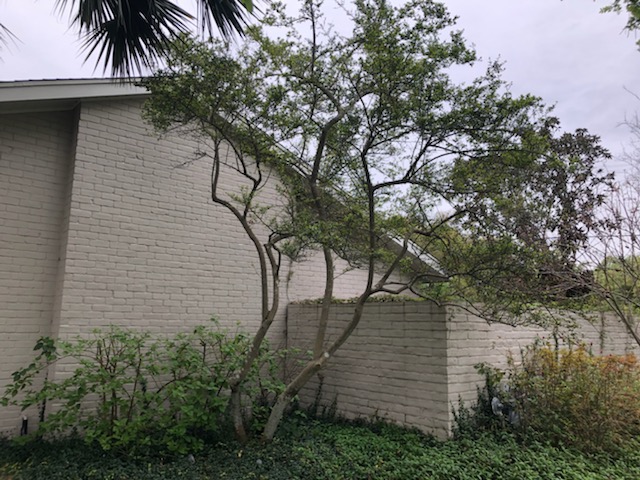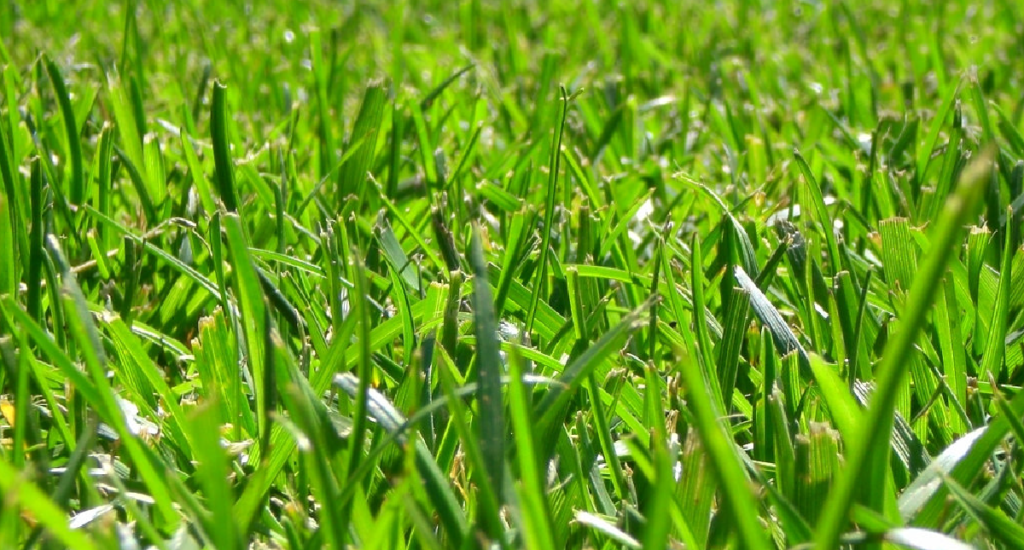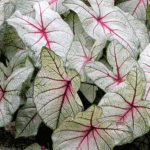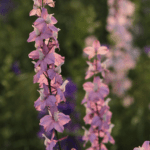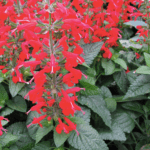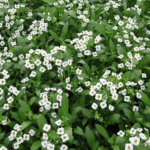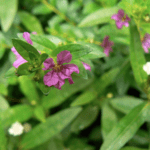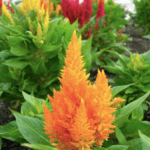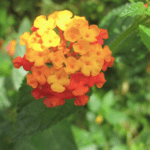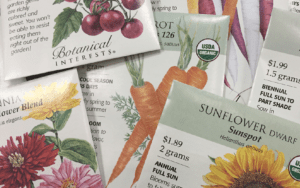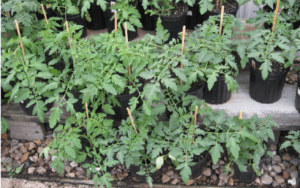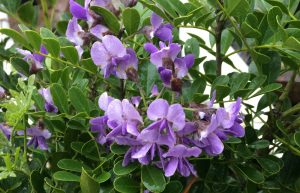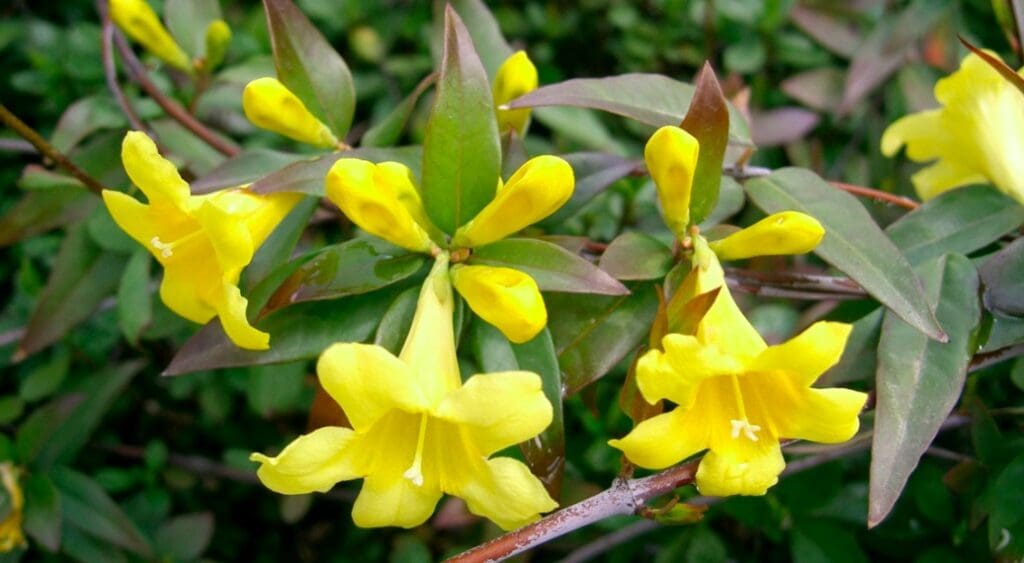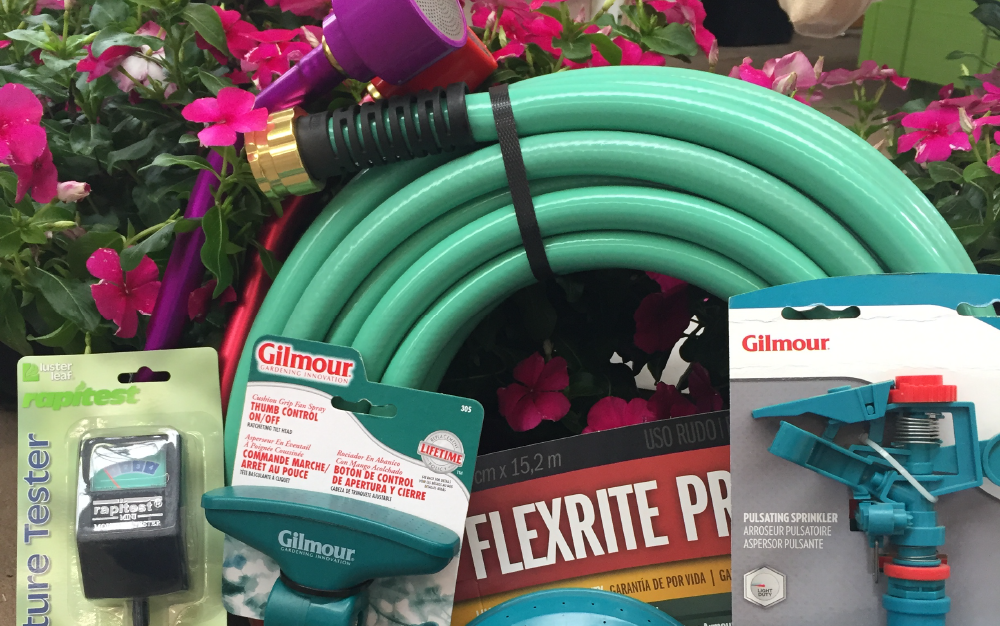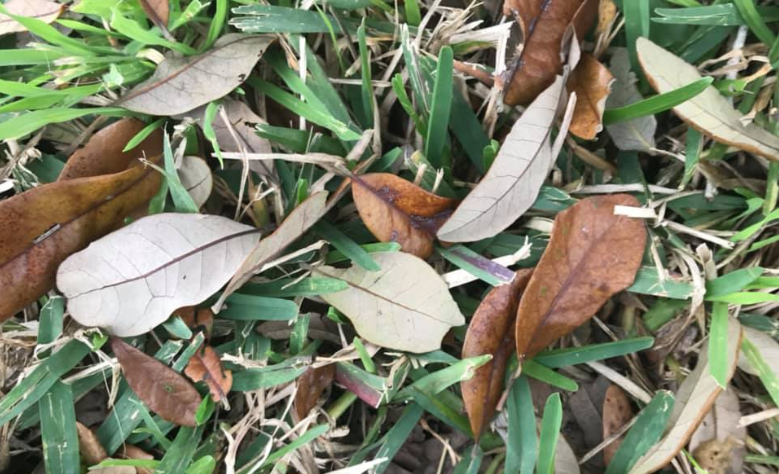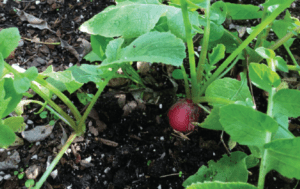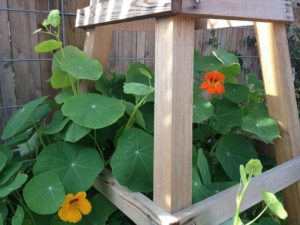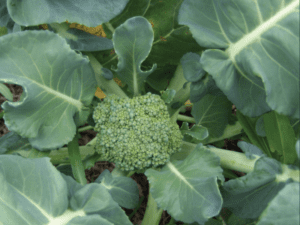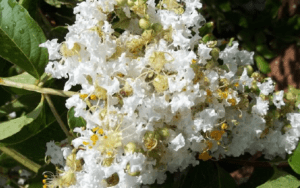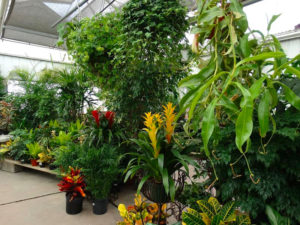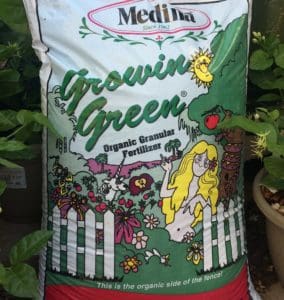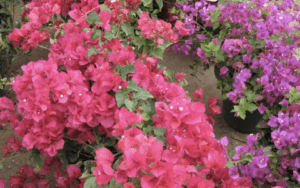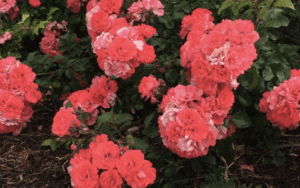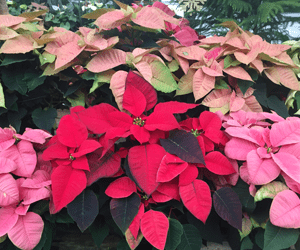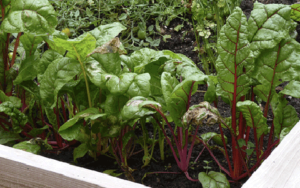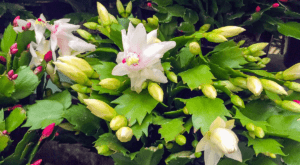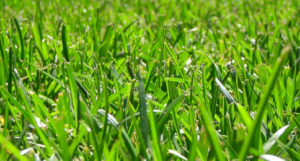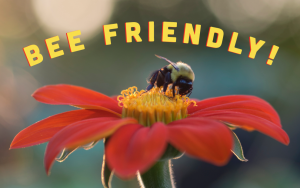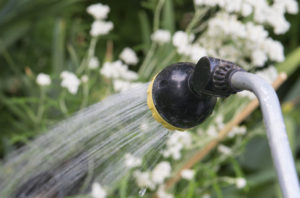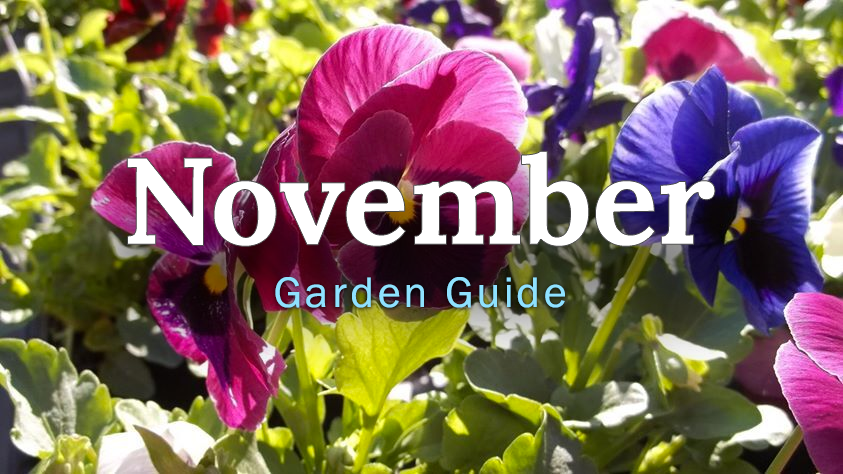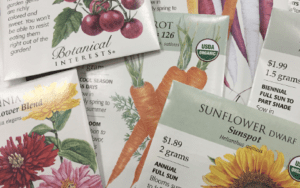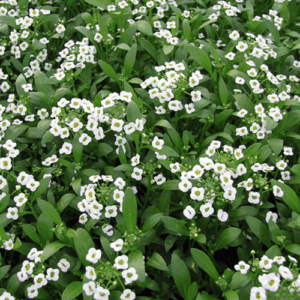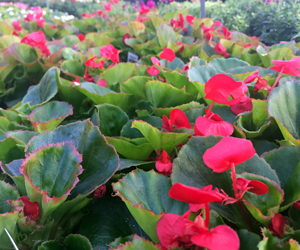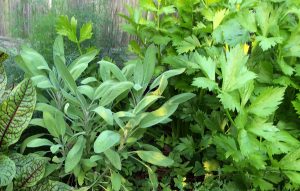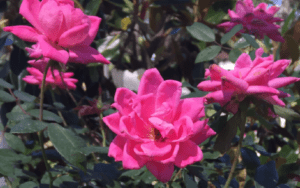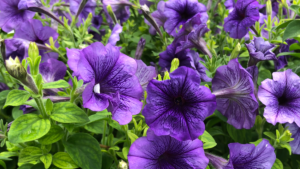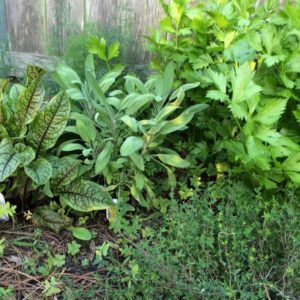Are you challenged with caterpillars, leafminers or whitefly every year? On your bougainvillea, hibiscus, ash or oak trees? If so, now’s the time to apply Bayer Tree & Shrub Drench. Be careful though, not to use on your herbs, veggies & fruit trees.
Another great drench and less expensive, Fertilome Tree & Shrub Systemic Insect Drench doesn’t work well on caterpillars but is great for wooly aphids in hackberry trees, asian cycad scale on sago palms, lace bug on lantana, aphids and whitefly on crape myrtle or even mealy bug that attack your hibiscus every year and drive you crazy with spraying. Again, do not use systemic insecticides on herbs, veggies & fruit trees.
It’s best to monitor your plants and spot spray individual plants when needed, but we all get busy and so the systemic may be the best option for you. We have both products in stock now for your spring application.
We always recommend you use the least toxic product to get rid of damaging insects. For example, aphids get on more plants than anything else in the spring, but on the bright side, they are also very easy to control. Sharp sprays of water many times works to rinse them off the new foliage.
Whatever your insect challenge, come and see us for help in determining the best way to control them. Many times you do not need to spray but rather let Mother Nature take care of the problem with her many beneficial insects preying on the damaging insects. We have ladybugs in stock right now, a great beneficial insect and fun to watch!
 -DeAnna
-DeAnna
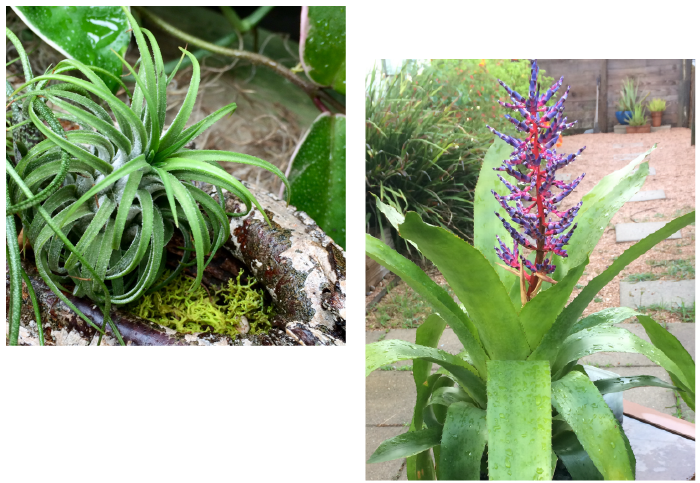
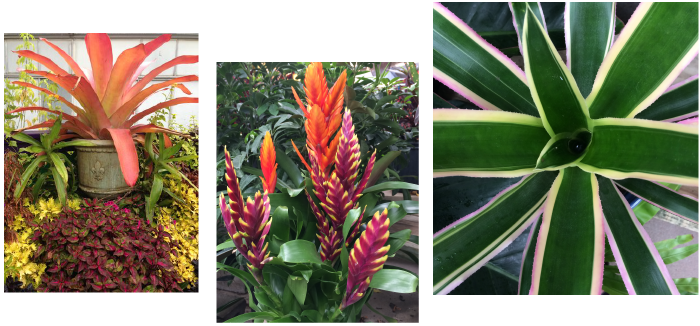
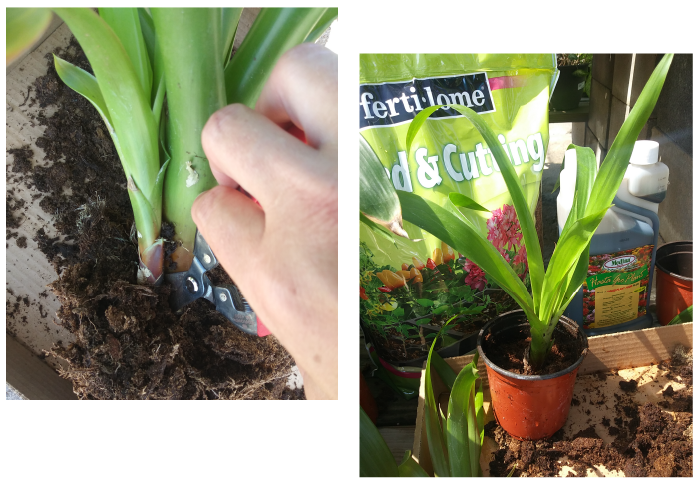
 -Debbie
-Debbie